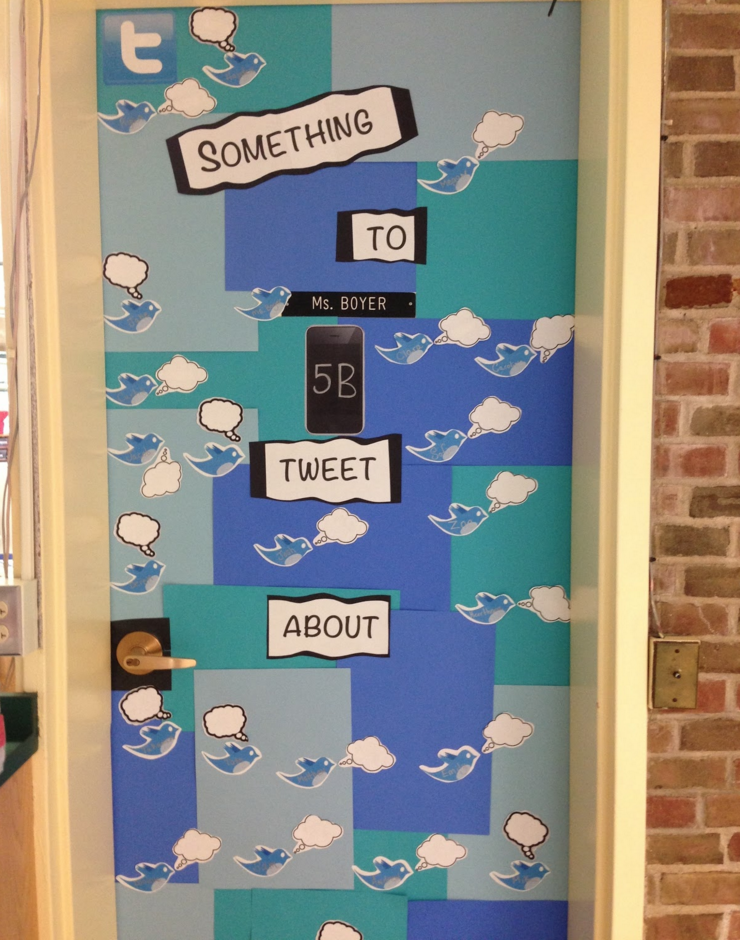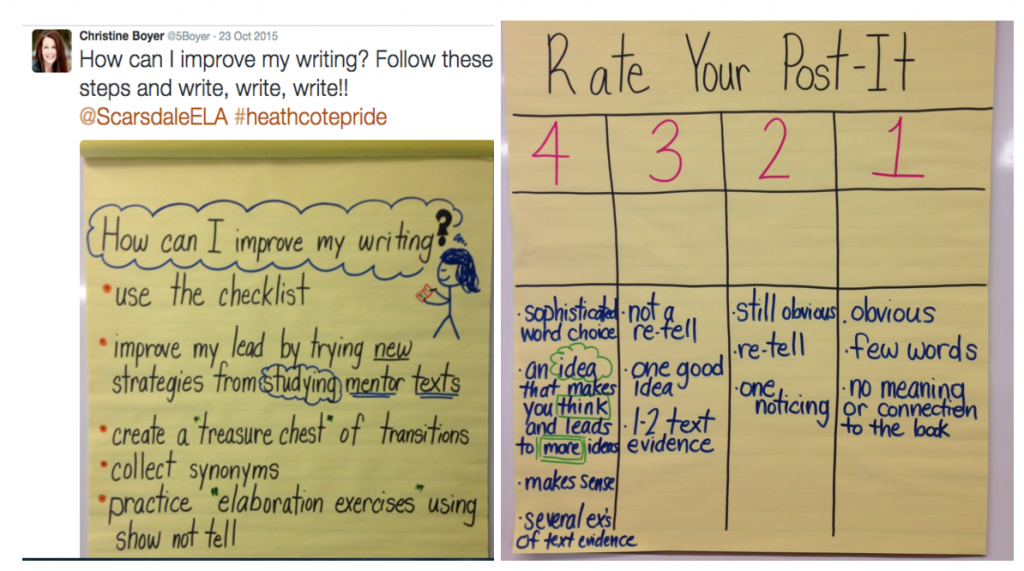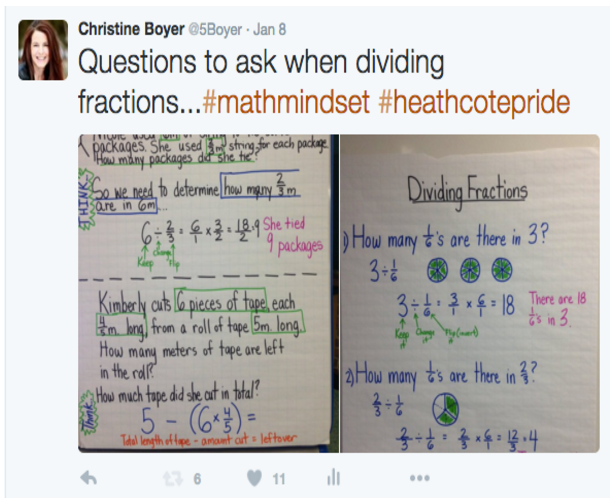Making With Less
I recently had the opportunity to present at a conference in Puerto Rico. The conference was focused on restructuring education in Puerto Rico to have a focus on Design Thinking and Project Based Learning. I was the elementary contingent of our team and I presented on MakerSpaces. This should have been very easy for me, having started the makerspace in my school and having presented on MakerSpaces at regional and national conferences. Upon scrolling through some of my previous presentations, it became apparent that I’d have to make some changes. While I often talk a lot about the students projects ranging from hi-tech to lo-tech, I knew this presentation would have a singular focus on lo-tech to make the transition easier.
From my experience working with elementary students, I’ve learned that it’s not about the hi-tech gadgets at all. Large sums of money were spent on a 3D printer in the early days of our Makerspace. It was a shiny new toy, but didn’t have the lasting effect I had hoped for. The greatest creativity and innovation grows from working with familiar materials and having opportunities to work with readily accessible materials. Little kids can do great things with less.
In reviewing the top projects and interests in our makerspace over the past 5 years, my list of materials to start a Makerspace now looks like this:
- Safety is first so kid sized goggles and work gloves. Our goggles were donated from Google Science.
- Real tools: can be used and obtained through donations from parents & community-Hammers, screwdrivers of all sizes, pliers, wire cutters, nails, screws, hinges, hand saws, and a drill.
- Fabric and sewing needles
- Wood: all kinds and all sizes – think “Block of Wood Challenge: When Is a Block of Wood No Longer a Block of Wood?”
- Sandpaper
- Cardboard: lots of odd shapes, sturdy flat, cereal boxes, tubes of all sizes
- Paint and brushes
- Coin batteries and LED lights of all colors.
- Copper tape for paper circuits
- Chibitronics sticker LED lights
- PVC pipe cut into various lengths with elbows, t-connectors and end caps for marshmallow shooters and building large structures
- Duct tape of every color and pattern you can find
- Batteries of all sizes
- Small motors
- Insulated wire and wire strippers
- Electrical Tape
- A plethora of art supplies: paper, scissors, markers, felt, pipe cleaners, glue,
- Rummage through old science supplies for magnets, magnifying glasses, beakers, interesting loose parts for game making, etc.
Things we’ve collected over time have also been popular for game making. Old board games, discarded electronic toys, random game pieces, cards, marbles, plastic bottle tops, etc. Electronics that are no longer being used are often donated and they are the best for UNMAKING. We use the Thinking Routine from Harvard’s Project Zero titled Parts, Purposes and Complexities.
Lego Robotics was worth the investment (and a few kits go a long way as kids can share them). The Robotics are great because once kids master the instruction booklet, they can hack the projects and start to create from their imaginations.
Edison Robots are good for teaching our youngest students coding and are fairly inexpensive. Scratch is another way to teach coding and is web based and free.
Countless resources will also help your students find ways to make more with less: Design Squad Nation , The Exploratorium, Rube Goldberg Machines and Caine’s Arcade are our favorites.
It’s easy to get caught up with stocking the MakerSpace, but it’s important to always come back to the “why.” Why are we doing this? It’s for the children, so spend some time with them and ask them what they want to make. Provide inspiration and then be prepared to get out of their way.




